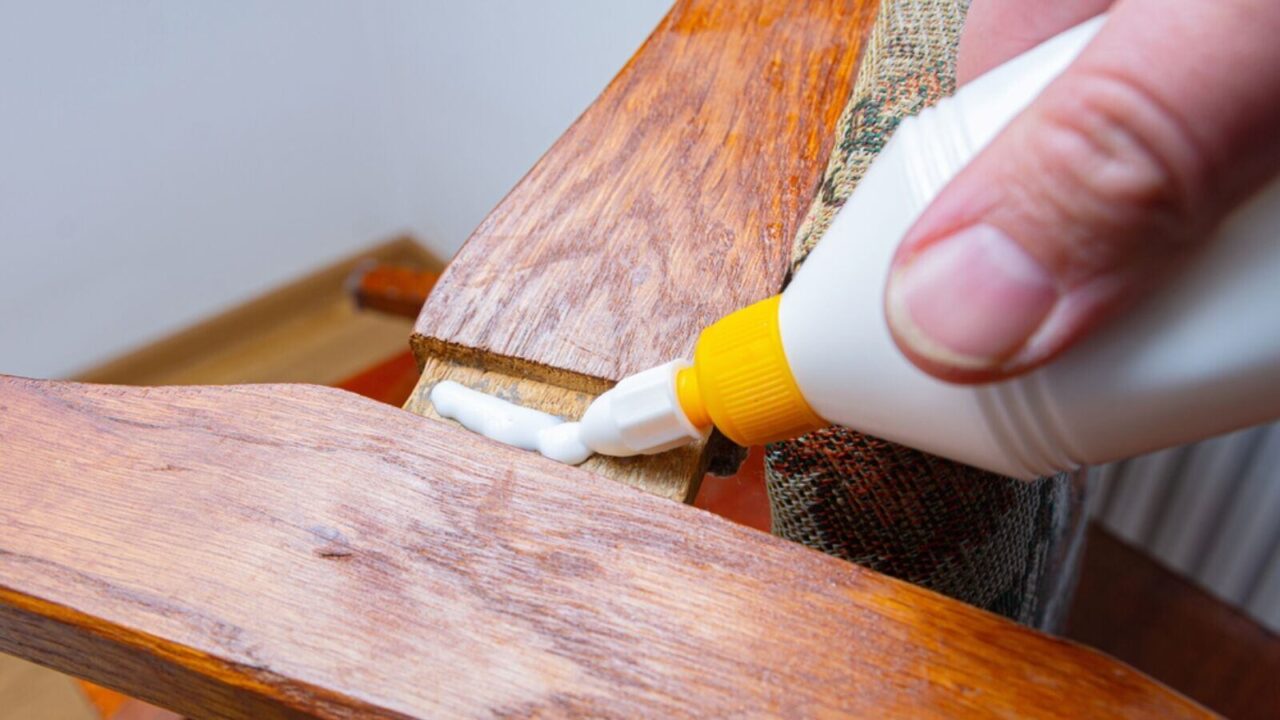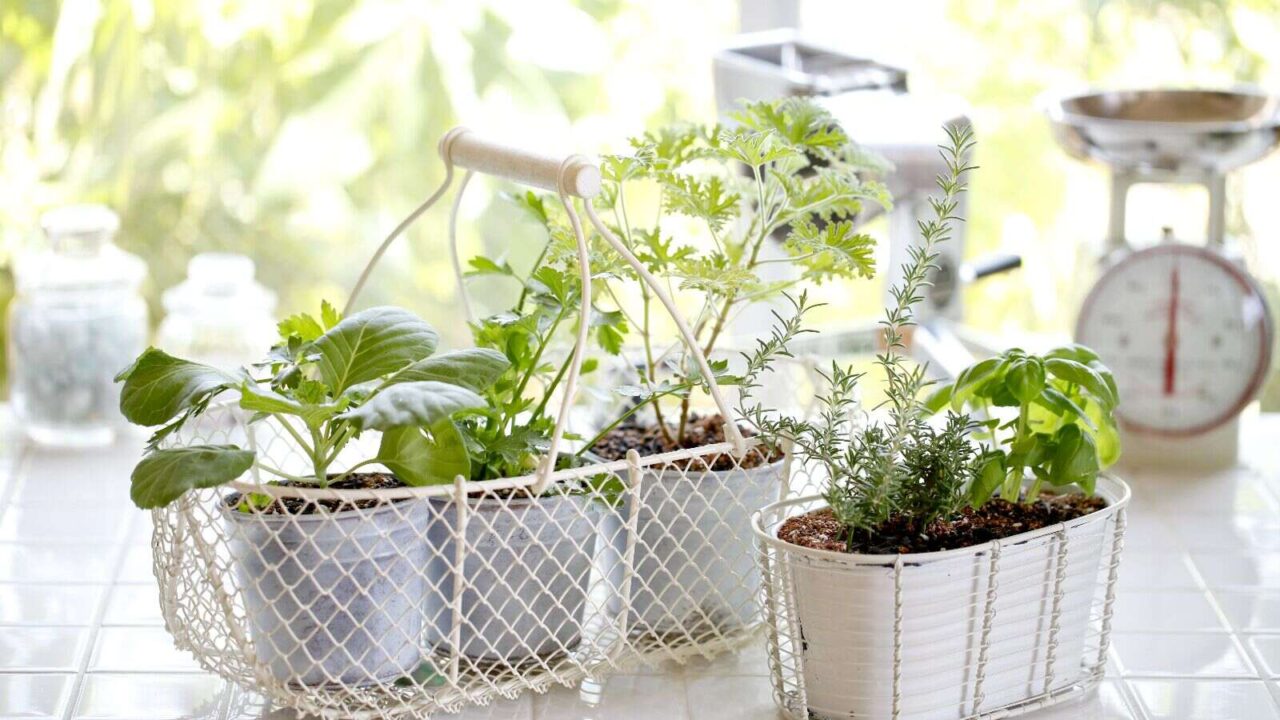
Smart Choices for Sustainable Living
We all are well aware of what we should do when setting up an eco-friendly space. However, do you know what not to do?
Probably not. But don’t worry, I’ve enlisted a list of things you need to stay away from for the sake of the environment. Before continuing, remember one thing, sustainability is not a trend, it’s a lifestyle.

Don’t Forget Local Materials
When talking about going green, pay attention to the highly-talented craftsman in your area. Doing so eliminates the carbon footprint that’s associated with transporting the materials from one place to another.
Similarly, supporting your local small businesses helps foster community growth and sustainability, allowing your local craftsmen and artisans to prosper.

Don’t Ignore Toxic Chemicals
The products being sold in the market are filled with toxic chemicals that are bad for your physical and mental health. Hence, when decorating your home, take into account the presence of toxic chemicals including VOCs.
These toxic compounds are mostly found in paints, adhesives, and varnishes. For a healthier lifestyle always invest in home decor items with low or no VOC components.

Don’t Use Fast Furniture
You’ve probably heard about fast fashion. Another closely related concept is fast furniture and you need to maintain your distance from it.
Sustainability trends will sometimes unknowingly support the purchase of trendy pieces of low quality. It’s well-known that items with cheap quality won’t be able to stand the test of time.
Hence, make a smart decision, and choose well-crafted furniture pieces saving both the environment and your bank in the longer run.

Don’t Forget About Energy Efficiency
Lighting is by far the most important when it comes to setting up an aesthetic home environment. However, this doesn’t mean you’ve to pay hundreds of dollars in electricity bills.
Part of opting for the sustainable way, which several people skip, is to go for energy-efficient lighting supplies. Your traditional bulbs are the reason for the rising electricity bills.
Do yourself and the environment a favor by opting for lighting options such as LED’s etc.

Don’t Clutter With Useless Items
Often, when going green, we want to buy every sustainable home decor product there’s in the market. However, this completely defeats the purpose of setting up a sustainable environment.
Think smart and decorate your home with necessary items deemed to be your non-negotiables. These items can vary from person to person, depending on family size and personal needs.

Don’t Buy New When You Can Upcyle
We all have heard about sustainability and the importance of investing in eco-friendly items. However, what we more than often forget is about the concept of upcycling.
You can’t set up an eco-friendly home if you don’t indulge in upcycling old decor items now and then. Upcycling projects usually involve transforming discarded or vintage pieces into something new and functional.

Don’t Focus on Aesthetics Only
When decorating your home in an eco-friendly manner, you need to make sure you’re prioritizing the functional aspect of the product more than its aesthetics. Purchasing a stylish sofa isn’t a sin, however, you need to first check its durability and eco-friendliness before making the final decision.
Choose stylish yet practical items that contribute towards a sustainable living environment.

Don’t Use Non-Recyclable Materials
When shopping for decor items, stay away from non-recyclable materials. The rule is simple – no matter how stylish and on-trend a piece is, if you won’t be able to recycle it, don’t buy it.
Always prioritize sustainability by selecting fabrics, finishes, and materials that are either recyclable, biodegradable, or both.

Don’t Use Synthetic Materials
Repeat after me, “I won’t buy any item that has polyester in it”. We’re often attracted by the shiny outlook of a decor item, not considering its composition.
Synthetic materials like polyesters, which are extracted from petroleum, have a negative environmental and health impact. Opt for eco-friendly alternatives like hemp, cotton, or linen which are good for both you and the surrounding environment.

Don’t Forget to Research Brands
Brands with green leaves in their logos don’t automatically become sustainable. It’s your responsibility to make eco-conscious decisions and part of this involves researching brands before making a purchase.
Similarly, avoid brands that are not transparent about how they source their materials and what production processes they use. By choosing to support transparent companies, not only will have access to stylish decor, but you’ll also be contributing to a positive impact on society.

Don’t Neglect Maintenance
No matter how durable an item is, if you are not involved in its maintenance from time to time, it will eventually lose its appeal. Negligence when it comes to cleaning furniture, appliances, and textures will result in stubborn stains and damage.
Not cleaning these substances in time leads to reduced functionality which means you’ll need to replace the affected items sooner than their due time.

Don’t Ignore Water Use
One important aspect of setting up a green home is plants. And if you’ve got plants that need constant water supply, you’ll need to keep a few things in mind.
Make sure to not overwater your plants. Besides damaging the health of these green beings, overwatering also puts a strain on the already limited water resources and your bank account in the form of high utility bills.

Don’t Overcomplicate the Process
Taking the first step can be pretty daunting especially when there are so many rules and regulations one needs to consider. However, this doesn’t mean you need to overcomplicate the entire process.
It’s advised to take small baby steps and gradually introduce changes that fit your lifestyle and personality. For instance, the simplest change you can make to your home decor is decluttering.

Don’t Choose Single-Use Decor
One of the worst things you can do for your bank and the environment is to invest in one-time-use decor items. These products seem convenient at the time being, however, they will end up in landfills after a short period.
Always choose functional furniture and decor items that serve various purposes. For design inspiration, skim through this piece on “13 Timeless Furniture Pieces That You’ll Love“.

Don’t Skimp on Quality
If you end up skimping on quality during the short run, you’ll have to pay higher costs in the future. Cheap items for your living room or bedroom won’t be durable which means they’ll need replacement now and then.
This vicious cycle of buying low-quality decor items leads to waste and environmental strain because the items that you end up discarding will be dumped in landfills.
To avoid this, make a one-time investment in high-quality pieces that can withstand wear and tear. For stunning design inspiration that combines style and sustainability, check out “Eco-Chic Bedroom Trends for Sustainable Luxury“.